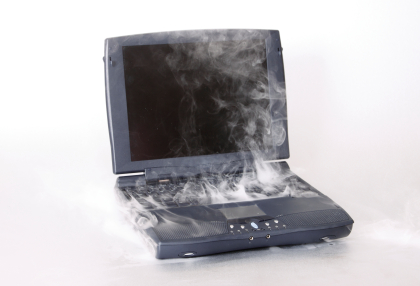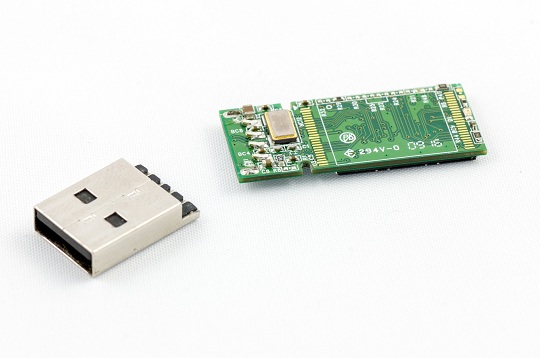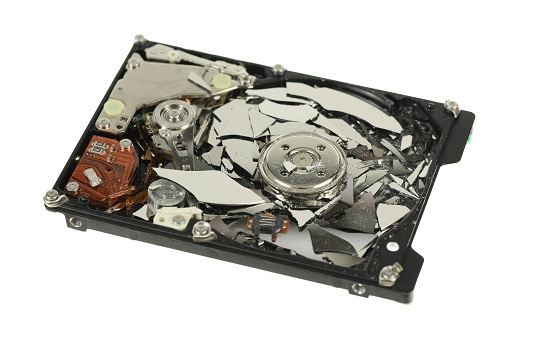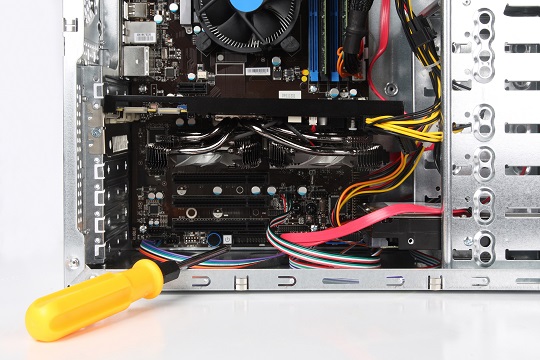A variety of computer problems can occur due to a power outage, from data loss and operating system corruption to hardware failure of all kinds. It’s best to protect your computer with a UPS (Uninterruptible Power Supply) in the case of a surge. A UPS gives you time to save all your files and shut down your computer properly to prevent data loss. However, if it’s too late for that and damage has already been done to the computer, here are some common computer problems related to power outages.
Hardware issues
If your computer won’t turn on after an outage, there’s a good chance that the power supply is fried. Even if your fans turn on and you can hear sounds from the computer tower, your power supply may not be fully working. Replace the power supply with a part from your computer manufacturer, and see if that fixes the problem. Sometimes after replacing the power supply, none of the USB ports will work, including the monitor. Try removing all but one RAM chip, and restart your computer. Swap another RAM chip in if your computer still does not turn on. If you’ve cycled through all the RAM chips and the USB ports still do not work, then there’s a chance that your motherboard is also fried, which is a major problem.
Data loss
Computers will often be extremely slow or buggy after a power surge, similar to the way they act when infected by malware. This is because your operating system, in addition to your personal files, can be corrupted on your hard drive. If starting your computer up in safe mode fixes most of your problems, then try these steps:
1. Click on Start.
2. Search for Run.
3. In the Run dialog box, type “sfc /scanonce” and press enter.
4. Restart your computer.
If your computer is still slow/buggy, try using Microsoft’s check disk utility:
1. Click on Start.
2. Search for cmd.
3. In the command prompt window, type “chkdsk c: /f /r“.
4. Restart your computer.
There’s another option that you can try if your computer is still not working:
1. Boot up in normal mode.
2. Click on Start.
3. Search for Run.
4. In the Run dialog box, type “sfc /scannow” and press enter.
5. Restart your computer.
Since power outages can cause a myriad of complicated problems, it’s best to consult a professional. Changing certain parts of your computer can be complicated and might cause damage to the other parts of a computer if you’re unfamiliar with its interior structure. The operation system of the computer is also very sensitive, and recovering corrupt system files should also be left to an expert. Use TalkLocal for free to find a qualified computer technician to fix these common computer problems!












I like this post, enjoyed this one appreciate it for putting up.